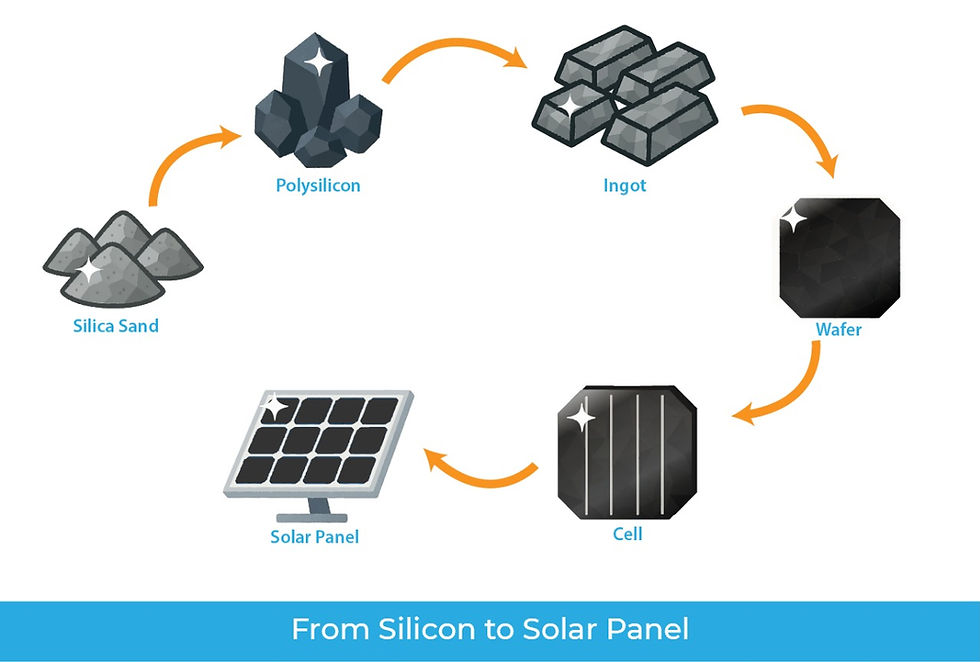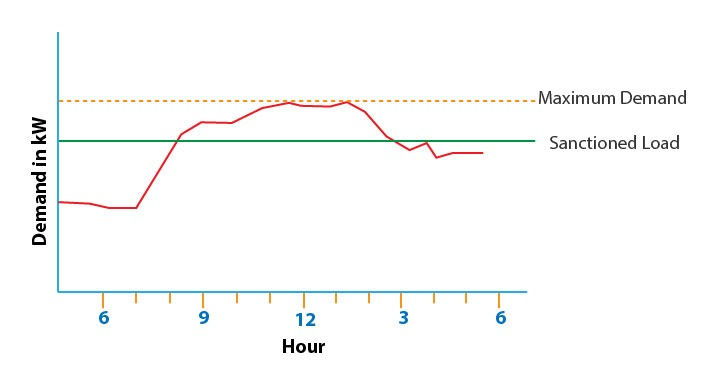Exploring Virtual Net Metering & Group Net Metering
- Hyde Source

- Jul 29
- 4 min read
For years, rooftop solar power seemed primarily accessible to independent homeowners with ample roof space. But what about the millions living in apartments, condominiums, or housing societies? Limited individual roof access, shared common areas, and complex billing structures have historically posed significant barriers to solar adoption in multi-unit dwellings.
Karnataka has been at the forefront of adopting progressive policies. Effective July 1, 2025, the Karnataka Electricity Regulatory Commission (KERC) introduced sweeping reforms, rebranding traditional Solar Rooftop PV (SRTPV) systems as Distributed Solar PV (DSPV) plants.
Crucially, these reforms explicitly allow for Virtual Net Metering (VNM) and Group Net Metering (GNM) for DSPV projects. This policy update in Karnataka signifies a strong push towards making solar energy more accessible and flexible for multi-unit residential and institutional sectors.
These models allow multiple consumers to collectively benefit from a single, larger solar installation, bringing the advantages of clean energy to high-rise living.
Introducing the Solutions: Virtual Net Metering (VNM) & Group Net Metering (GNM)
Both VNM and GNM are policy mechanisms that allow the benefits of a centralized solar power plant to be shared among multiple electricity consumers, even if those consumers don't have solar panels directly on their individual rooftops.
1. Virtual Net Metering (VNM)
What it is: Virtual Net Metering (VNM), also known as Virtual Net Energy Metering (VNEM) or Community Solar, is an arrangement where a single, often larger, solar energy system is installed at a common location (e.g., the rooftop of an apartment complex, a community center, or even an off-site solar farm). The electricity generated by this shared system is then virtually allocated as credits to the individual electricity accounts of participating consumers.

How it Works:
Centralized Solar Plant: A solar PV system (e.g., 5 kW minimum capacity as per Karnataka's DSPV policy) is installed on a common roof or designated area within the housing society or even a nearby off-site location.
Grid Interconnection: The solar plant is connected to the electricity grid via a single meter.
Energy Export & Credits: When the solar plant generates electricity, the energy is exported to the grid via a generation meter.
Virtual Allocation: The utility company (DISCOM) records the total solar generation. Based on a pre-agreed allocation ratio (e.g., proportional to each unit's electricity consumption, or a fixed share per household), the credits for the exported solar energy are then "virtually" applied to the individual electricity bills of the participating apartment owners or tenants.
Reduced Bills: Each participating household sees a reduction in their monthly electricity bill, reflecting their share of the solar generation.
Benefits of VNM:
Accessibility for All: Enables residents without suitable roof space (renters, apartment dwellers) to benefit from solar energy.
Cost-Effectiveness: Allows for economies of scale, as a larger, centralized system can be more cost-efficient to install and maintain than multiple small individual systems.
Simplified Installation: Only one large installation is needed, reducing logistical complexities compared to individual rooftop systems.
No Physical Changes to Individual Units: Residents don't need to install panels on their own balconies or roofs.
Environmental Impact: Fosters collective contribution to renewable energy goals and reduces the overall carbon footprint of the community.
2. Group Net Metering (GNM)
What it is: Group Net Metering (GNM) allows a single consumer (e.g., a housing society, a business with multiple branches, or an individual with multiple properties under the same name) to offset electricity consumption across multiple service connections from a single solar plant.
The key here is that the connections are typically under the same consumer name or entity.

How it Works:
Centralized Solar Plant: A solar plant is installed at one of the consumer's premises (e.g., on the common roof of a housing society, or one building of a commercial complex).
Primary Consumption: The generated solar energy first serves the electricity needs of the premises where it is located.
Surplus Adjustment: Any surplus energy exported to the grid can then be adjusted against the electricity consumption of other designated service connections belonging to the same consumer/entity within the same DISCOM territory.
Flexible Allocation: Consumers can often designate which connections receive the surplus energy credits annually, allowing for flexible energy management across their properties.
Benefits of GNM:
Optimized Energy Use: Allows a single large solar plant to serve the needs of multiple meters, maximizing the utilization of generated solar power.
Overcoming Space Constraints: If one building has ample roof space but another has none, GNM allows the larger installation to benefit both.
Simplified Management: A single point of contact for installation, maintenance, and billing for the shared solar plant.
Conclusion
Virtual Net Metering and Group Net Metering are transformative policies that unlock the immense potential of solar energy for industries, apartments, condos, and housing societies. By enabling collective solar investments and flexible credit allocation, they overcome traditional barriers, making clean, affordable energy accessible to a much wider urban population.
As governments and utilities continue to refine these frameworks, solar power for multi-unit dwellings is set to become a cornerstone of sustainable urban living, offering significant environmental benefits and substantial savings on electricity bills for all residents.




